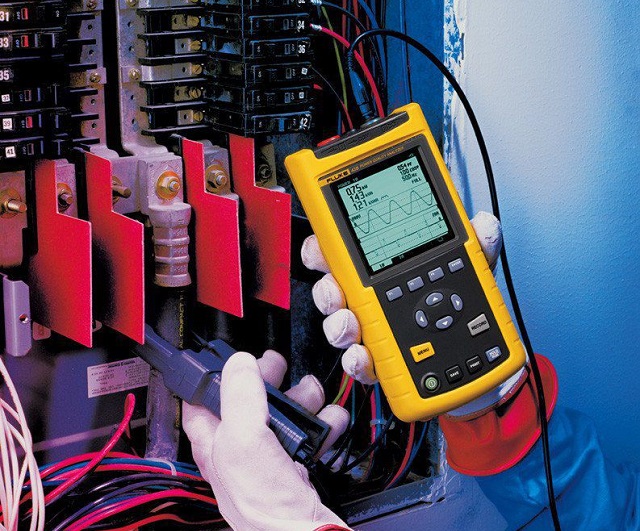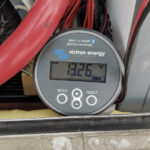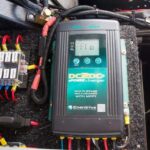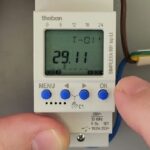Power quality analyzers measure the electric power of consumer devices. Power quality is monitored in many environments: hospitals, banks, manufacturing plants, power distribution, power generation, etc. The purpose of this is to better the quality of service, allowing you to save you a lot of time and money.

Synchronization of the voltage frequency and the phase makes it possible for electrical systems to function in their intended mode without any significant change in the performance. Depending on the current, power analyzers range from single to three-phase power quality analyzers. Single phase power analyzer records the quality of the primary current of an electric network.
Industrial environments largely benefit from these analyzers which are used to monitor the following: phase to ground voltages, neutral to ground voltages, phase to phase voltages in three phase systems, a waveform of current and voltage at specific circumstances, phase to neutral voltages, phase currents, frequency, power factor. Only with a high quality and reliable single phase power analyzer can the power quality be successfully monitored which can benefit any industrial workplace.
Generally, power quality analyzers are used with large AC power systems. In the past, nearly all loads featured linear variations, meaning they did not have distortions of the voltage sine wave or non-sinusoidal current flow in the electrical circuit. This is ancient history now. Loads that are controlled by nonlinear components are becoming more common both in your workplace or home, meaning that the voltages and currents of the systems are much in harmony with the basic laws of physics.
However, an AC power system without even the slightest trace of distortion can fry the transformers, because of the extreme high neutral conductor currents in the three-phase systems, which creates electromagnetic disturbance in the form of radio signals that can damage the sensitive electronic equipment, lower the electric motor horsepower output and can be difficult to identify.
The easiest way for a technician to measure power quality in the system they are using (without high tech equipment) is to compare voltage measures between two precise voltmeters that are calculating the same system voltage: one being a normal or averaging unit type and the other “true RMS” type. Averaging meters are adjusted so that their meters indicate volts RMS, base on the AC voltage assumption that is sinusoidal. If the voltage is sinewave-shaped, your normal meter will fail to detect the proper value, whereas the RMS meter will always succeed, regardless of the waves. Another way to measure the power is to use an oscilloscope and the AC voltage will observe the shape created by the current.
Single phase power analyzer is a tool that you can use for your home or your work. It is essential for hospitals and factories, where it measures the power fluctuation and gives you the opportunity to correct any problems that may arise.





















